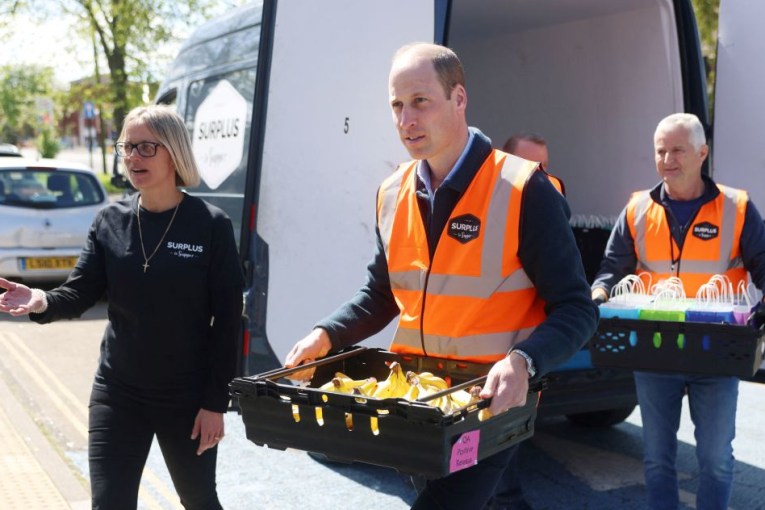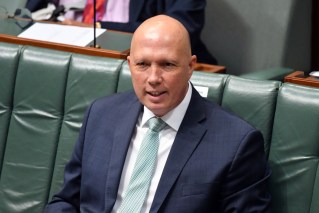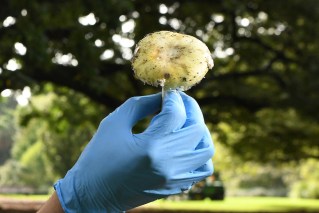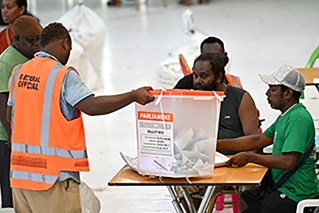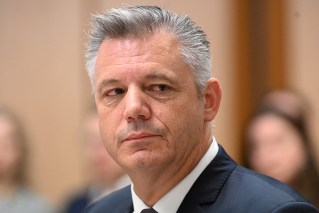Doherty data on COVID deaths in limelight amid claims of ‘selective misuse’ damaging confidence

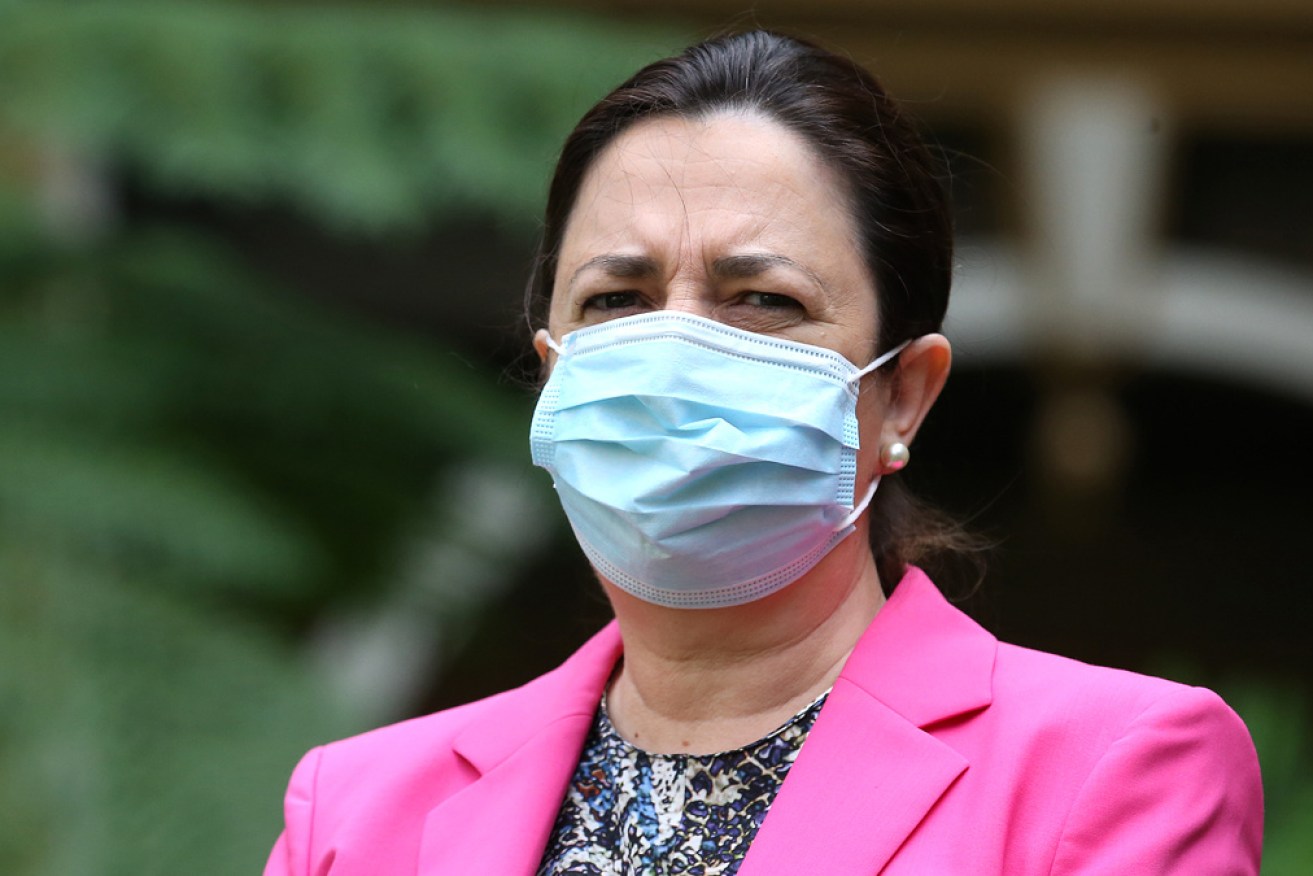
Premier Annastacia Palaszczuk has told Queenslanders "there's no need to panic" after confirmation of the four new local COVID infections. Photo: AAP
Queensland Premier Annastacia Palaszczuk has been accused of misrepresenting critical data from the Doherty Institute report and inflating the number of deaths estimated upon Australia’s reopening.
Ms Palaszczuk claimed on Twitter that reopening the nation after vaccinating 70 per cent of over-16s would lead to 80 deaths a day, or 2200 a month.
But the Doherty Institute modelling actually estimates the number would be 1520 over six months, or just eight a day.
“Selectively misusing the Doherty modelling breaches good faith and damages public confidence,” Health Minister Greg Hunt said on Thursday.
Ms Palaszczuk has committed to keeping COVID cases at zero in her state and ruled out opening Queensland’s border to New South Wales even at very high vaccination rates.
Her office told The New Daily that her claim of 80 deaths a day came from one graph in the modelling, which estimated deaths would peak at 80 a day after six months.
The Premier’s tweet seemed to extrapolate from that data and assume the number would remain consistent for a month.
But the Doherty modelling suggests deaths would peak before quickly decreasing again.

The Doherty Institute’s estimates for reopening, under conditions cited by Ms Palaszczuk.
The modelling only runs for six months, but other graphs at lower vaccination rates show those death rates falling after the peak, suggesting the number of deaths under the 70 per cent scenario would also fall after its peak of about 80 per day.
Nowhere in the modelling does it indicate Australia would have 80 deaths per day over a prolonged period, let alone for a month or more, as Ms Palaszczuk’s tweet had suggested.
Indeed, her tweet sets out a scenario that the national plan does not recommend.
Although some restrictions will ease at 70 per cent vaccinations, the bulk of Australia’s reopening will not occur until 80 per cent of eligible people are vaccinated.
Tweet from @AnnastaciaMP
Mr Hunt said he was disappointed Ms Palaszczuk presented the modelling data in the way that she did.
“Unfortunately there was a very selective misuse of the Doherty report,” he said.
The Doherty Institute did not respond to a request for comment from TND.
Standing alongside Mr Hunt, chief medical officer Professor Paul Kelly said national cabinet would be presented with updated ‘sensitivity analysis’ from Doherty on Friday.
It would include what – if any – parts of the modelling are affected by the current high caseload in NSW.
Several premiers, including Ms Palaszczuk, have claimed the ongoing NSW outbreak has changed the national plan.
They note that Doherty’s analysis assumed only a small outbreak of 30 cases at the time of reopening, which is significantly lower than the 1288 NSW reported on Thursday.

Health Minister Greg Hunt. Photo: AAP
But Doherty director Professor Sharon Lewin said the size of any outbreak would not significantly change the projections.
Instead, Doherty said high case numbers would necessitate more “vigilant public health interventions with higher case loads”.
That is, potentially more strict restrictions to begin with, instead of lower-level measures.
Professor Kelly declined to specifically address Ms Palaszczuk’s Twitter claims, but conceded that Australia would suffer COVID deaths on reopening.
“We need to start to learn to live with this virus. We’ve been saying it for a while, but this is actually the time,” he said.
“No one has ever denied this and I certainly haven’t. There will be people that die from COVID … That’s a terrible thing, but we need to start recognising that’s the case, particularly for unvaccinated people.”
Professor Kelly has been saying for some time that “there will be deaths”, and that Australia needs to prepare for that eventuality when borders open and COVID restrictions begin to relax.
University of NSW epidemiologist Mary-Louise McLaws suggested Australia should be thinking about “working with COVID” rather than “living with” it.
She said this would include bolstering hospital systems, exploring alternative safe quarantine options, and rolling out rapid antigen testing.
